ZERI
Zero Emissions Research and Initiatives
LAS GAVIOTAS

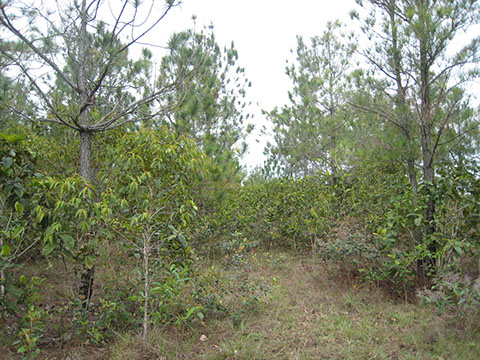

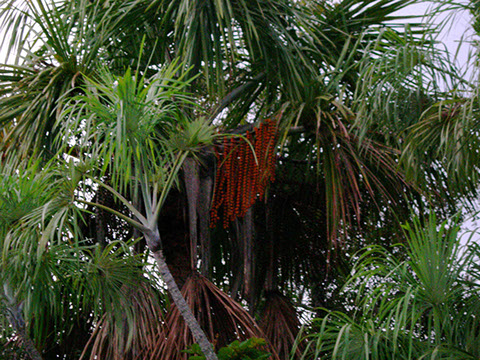

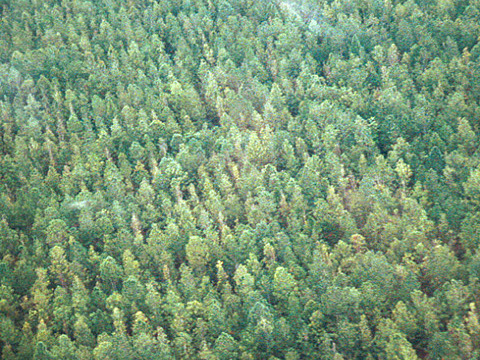
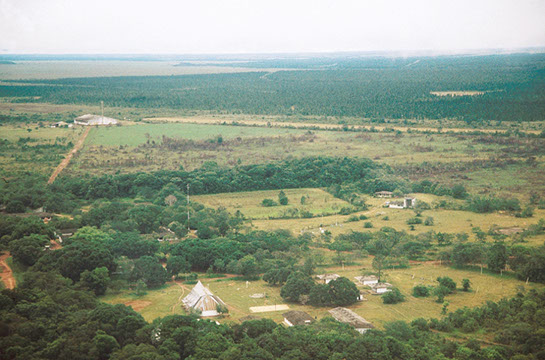

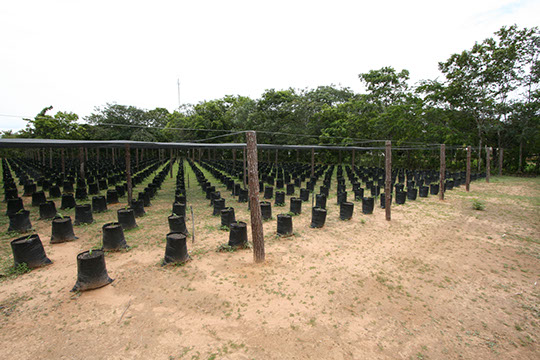
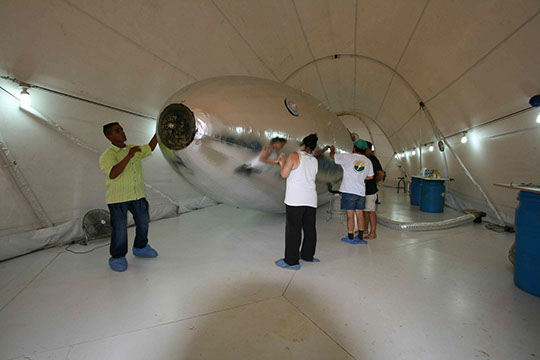



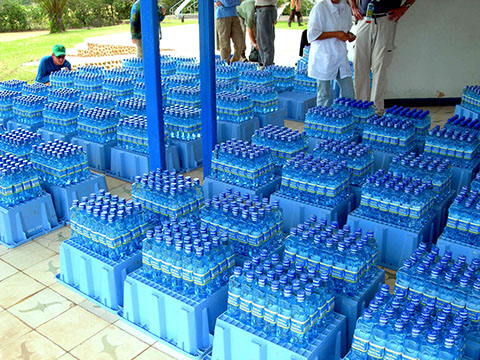
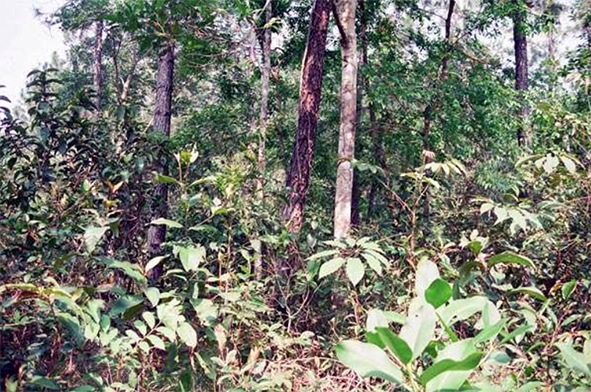
© Gunter Pauli
Imagine miles and miles of desolate savannah in Eastern Colombia, without a tree or bird or child in sight, a veritable no-man's land. For Paolo Lugari this was the perfect place to implement a vision: if a sustainable community could be created in such adverse environmental, social and political conditions, it could be done anywhere on the planet. Las Gaviotas has done just that, and much more.
In 1992, in conjunction with the Kyoto Protocol and the Japanese government, the Environmental Research Center at Las Gaviotas began substantiating the concept of carbon sinks to sequester carbon dioxide and stabilize the climate. Based on the cash generated by its renewable energy project, complemented with funding secured through the Japanese government, Las Gaviotas, founded and directed by Paolo Lugari, planted 8,000 HA of Caribbean pine trees in a savannah that had been unproductive for centuries.
It was considered impossible to plant trees in such acidic, inhospitable soil (pH 4) but thanks to the innovative use of mycorrhizal fungi which acts as the saliva for the tree, the forestation was successful. More than just successful, this initiative to initiate economic activities and to validate carbon sinks unleashed a chain reaction of positive effects that surprised even the initiators of the program...
Today, more than a decade later, the forestation of 8,000 HA has resulted in 10 percent more precipitation (some 110,000 m3 per day), converting Las Gaviotas into a net supplier of drinking water, a crystalline water of superior quality. With the cost of drinking water exceeding the cost of petroleum, Las Gaviotas demonstrated that reforestation allows us to address one of the most critical issues the world is facing: access to natural potable water!
The planting of the Caribbean pine tree provides another economic impulse. The 7 to 14 grams of resin a day produced by the tree is locally converted to colofonia, a raw material for the paint and paper industry. The tapping and the processing of the resin brings industrial activities, and the generation of value-added to the region.PICTURE Preparing water for distribution. The abundance of water is a byproduct of the emerging forest.
The pine tree plantation will be complemented with the development of some 300 hectares of palm trees. This additional forest provides a permanent supply of vegetable oil, which is rather easily converted into biodiesel. This local energy source eliminates the dependence on imported diesel fuel to power trucks and tractors. The first biodiesel plant with a capacity of 1 million gallons per year is already operational at the Center in Bogota.
Las Gaviotas is now a self-sustaining community of around 200 full-time workers, independent of donor money. It has become a center of creativity, where innovations are driven by the meticulous observation of natural phenomena, and the self-confidence in the search for local solutions for local problems.
These initial 8,000 HA at Las Gaviotas demonstrate that the monies generated through the provision of renewable energy systems and the additional funding provided under the Kyoto Protocol can become the catalyst for development that goes far beyond the expectation of simply creating a carbon sink to stabilize climatic changes. This example indicates the necessary shift from a singular target with a unique budget and financing to a multiple target addressing a wide variety of agendas simultaneously with integrated programs that have several financing opportunities. This integrative approach speaks for itself by being self-sustaining and self-financing thanks to the generation of multiple value-added products.
The next step is to expand this program beyond the initial 8,000 HA to reforest the 6.3 million HA of savannah that surrounds Las Gaviotas. This is twice the size of Belgium. On July 6, 2004, the President of Colombia agreed to this expansion, handing over the first 45,000 HA in November 2004 to begin implementation over a period of 25 years. This initiative will cost approximately US $6 billion. The Colombia government has struggled to keep its international borrowing under control, creating a less-than-perfect credit rating. Thus, Colombia is not in a position to commit 6 billion dollars to a development strategy. However, it turns out there is no need to do so.
But where will the funding come from for such a bold endeavor? In addition to support from the Kyoto Protocol, it will come from creative financial engineering driven by the portfolio of value-added revenue streams created by an integrated and systemic agenda! The economic power of drinking water (thanks to the forest), hydroponic food crops (thanks to the abundance water), and biodiesel (from the forest) provide a positive picture for the country of Colombia, potentially creating 120,000 new jobs, secure a local source of drinking water, eliminate the need to import diesel fuel AND reduce national foreign debt! This is a remarkable portfolio of opportunities for a region considered to be the "center of nowhere."
Colombia's project coordinators will partner with the banks already carrying the Colombian government debt. The banks will substitute the debt of Colombia with a corporation paying for carbon dioxide emissions rights. For example, US$1 billion of the Colombian debt is replaced by the takeover of the guarantee offered by multinational corporations committed to purchase products from the forest over the next 25 years, and to pay carbon emission rights. This is called a guarantee swap. Part of the money needed to jump start the development in Colombia could be paid by the Colombian government in pesos, while it reduces its debt in dollars. Everybody wins. However, a broad assistance is needed to start multiple projects.
The Las Gaviotas reforestation project is not only about planting trees for climate stabilization; it is, primarily, about catalyzing a development program that will pave the way for creating a sustainable future for our children where society is able to provide for the basic needs of all in terms of water, food, health care, shelter, energy, jobs and education with local resources. Las Gaviotas is poised to do nothing less than reshape the face of sustainable development and, consequently, the world.